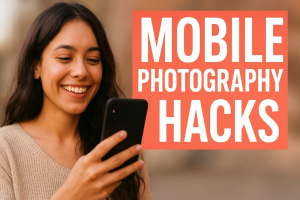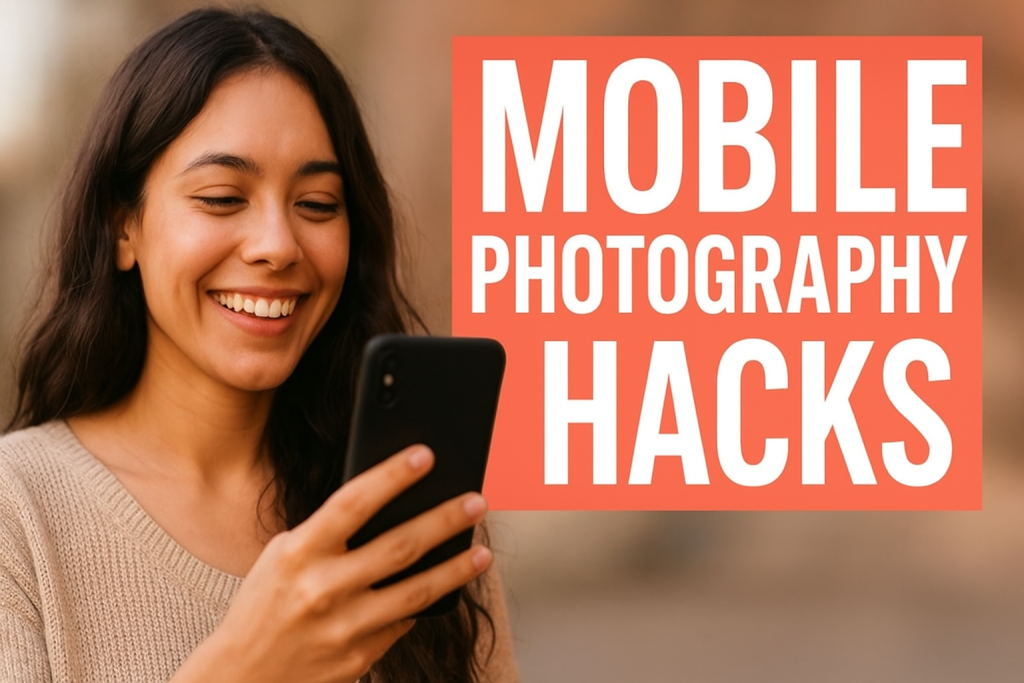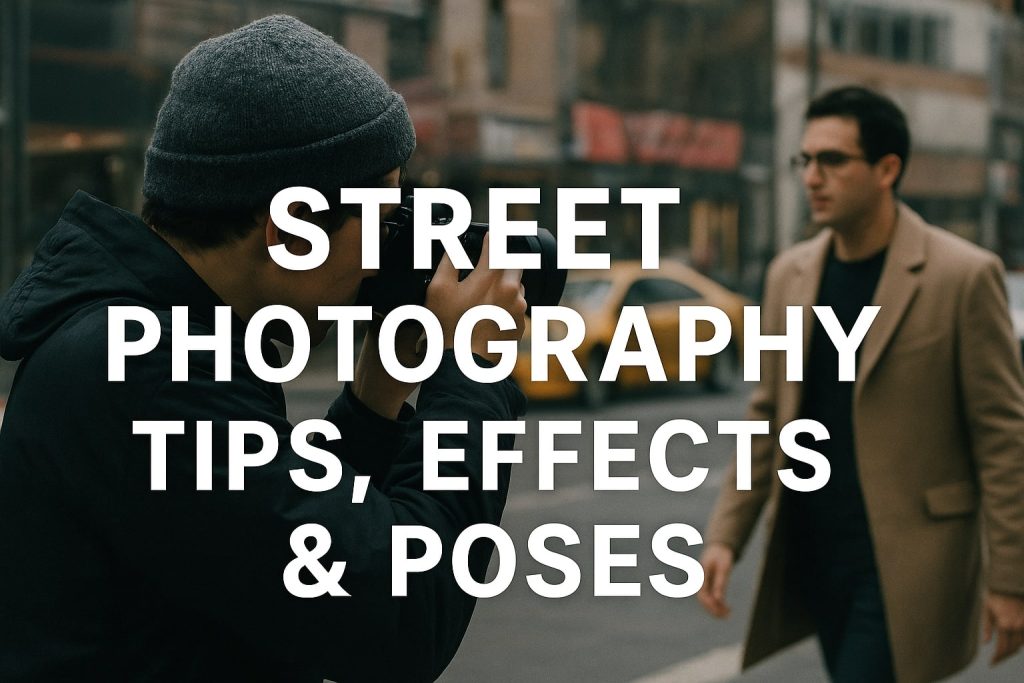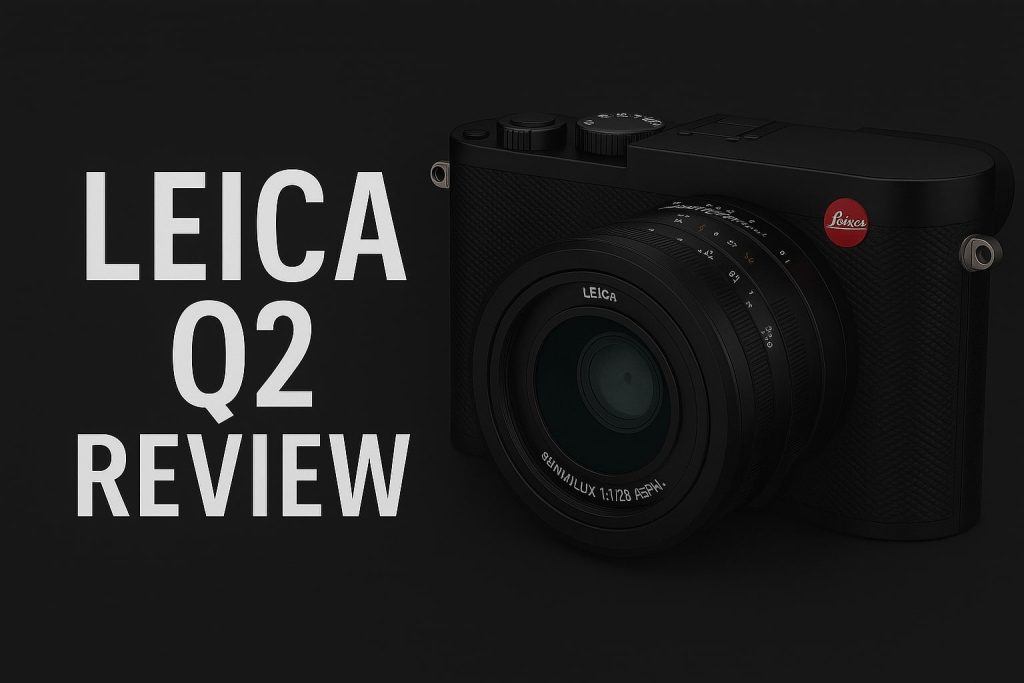The Magic of Close-Up Portrait Photography
Close-up portrait photography is an art form that brings viewers closer to the subject, focusing on intricate details such as facial expressions, textures, and emotions. It emphasizes intimacy and connection, making the viewer feel like they’re part of the subject’s world.
Close-up portraits, however, come with unique challenges. Achieving perfect focus, flattering lighting, and emotional depth requires both technical skills and a creative eye. This comprehensive guide will help you master close-up portrait photography, offering insights into equipment, techniques, and creative approaches that will elevate your images.
1. Understanding the Art of Close-Up Portrait Photography
1.1 What Defines a Close-Up Portrait?
Close-up portraits are tightly framed images that focus on the subject’s face or specific features like the eyes, lips, or hands. These portraits emphasize detail and emotion, often eliminating distractions to direct the viewer’s gaze.
1.2 Why Close-Up Portraits Matter
Close-ups capture raw emotions, textures, and nuances that wider portraits might miss. They highlight individuality and provide a window into the subject’s personality.
1.3 Situations Ideal for Close-Up Portraits
- Emotional Moments: Capture authentic emotions during weddings, engagements, or family gatherings.
- Character Studies: Showcase the unique features and expressions of your subject.
- Artistic Projects: Use close-ups to tell abstract or conceptual stories.
2. Choosing the Right Equipment for Close-Up Portraits
The right gear can make or break your close-up portraits.
2.1 Camera Options
- DSLRs and Mirrorless Cameras: These offer high-resolution images, allowing you to capture intricate details.
- Smartphones: Modern phones with advanced portrait modes can produce impressive close-ups when used correctly.
2.2 Best Lenses for Close-Ups
- Prime Lenses: Lenses with a fixed focal length (e.g., 50mm, 85mm, 100mm) offer sharpness and beautiful bokeh.
- Macro Lenses: Perfect for extreme close-ups, capturing fine details like skin texture or eyelashes.
- Telephoto Lenses: Provide flattering compression for facial features, making them ideal for close portraits.
2.3 Essential Accessories
- Tripod: Ensures stability and prevents blur during close-ups.
- Reflectors: Helps manage shadows and bounce light onto the subject.
- External Flash or Softbox: Provides controlled lighting for studio shoots.
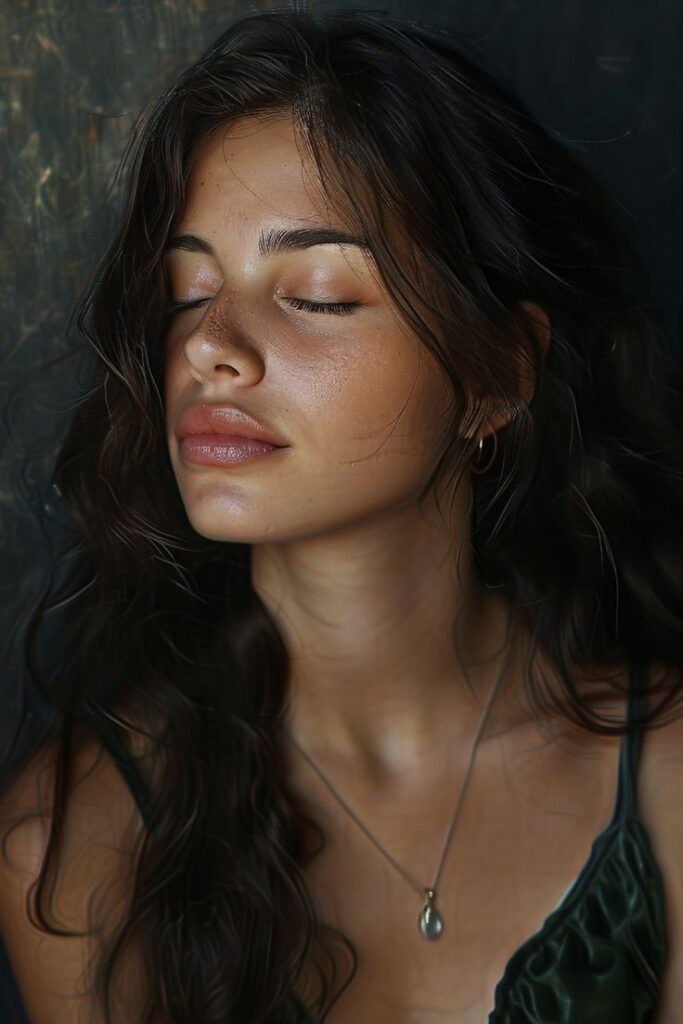
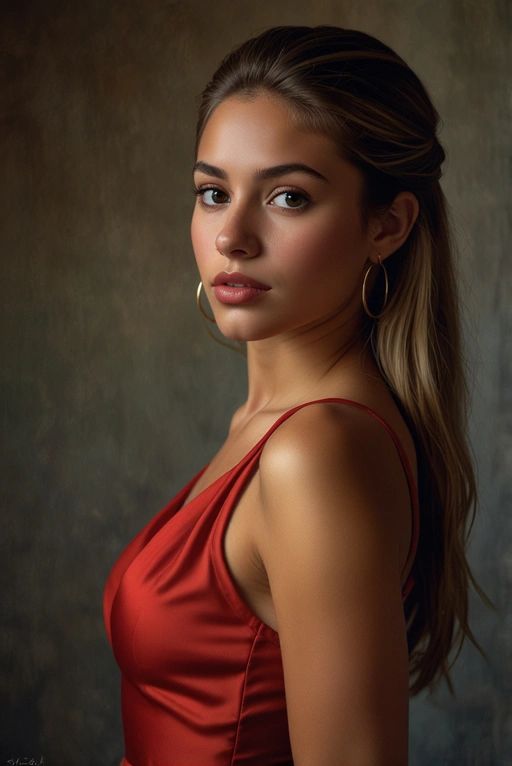
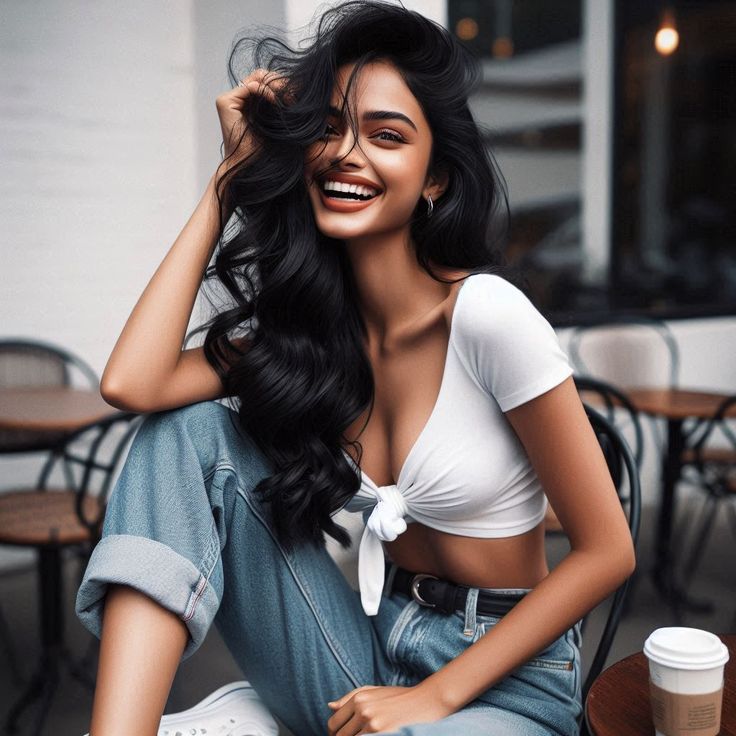
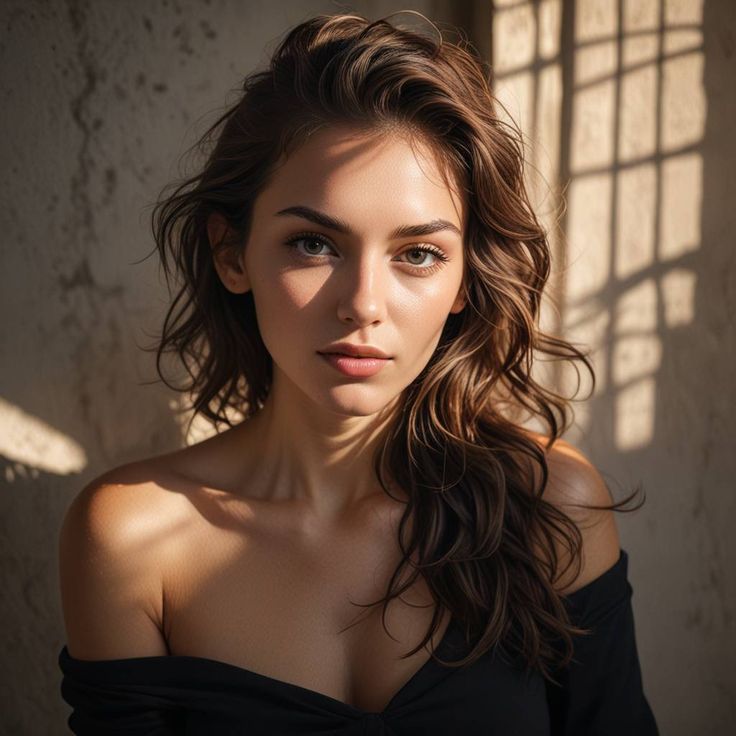
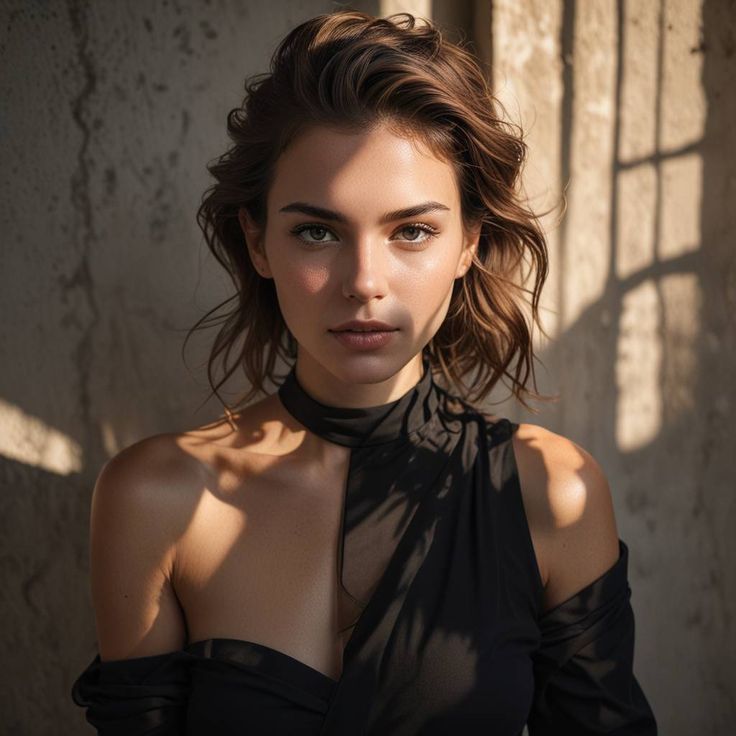
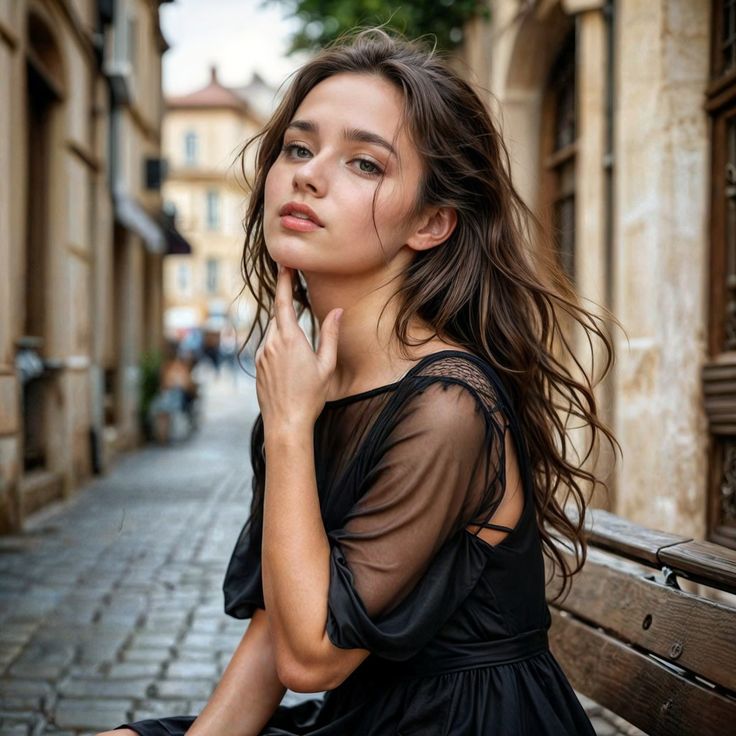
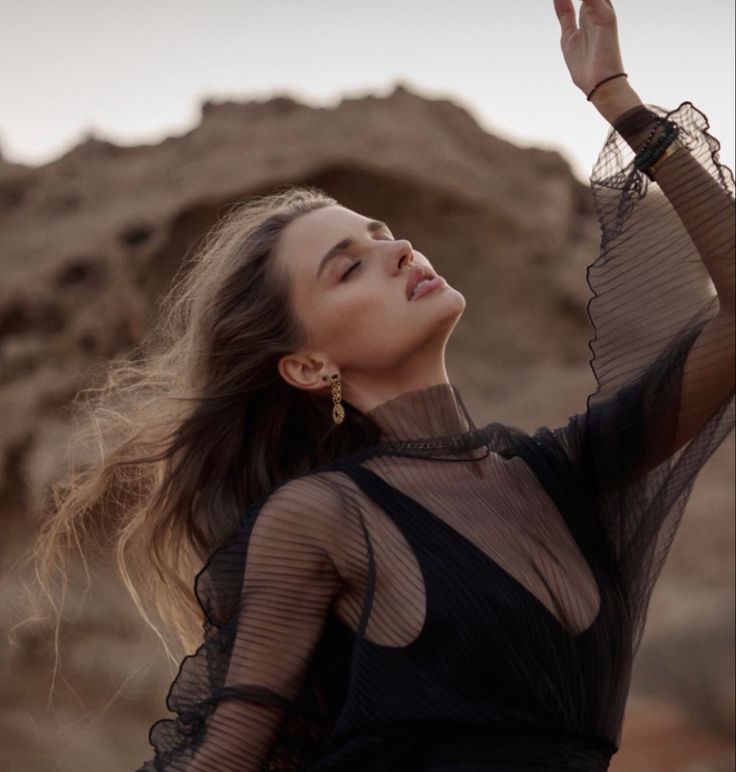
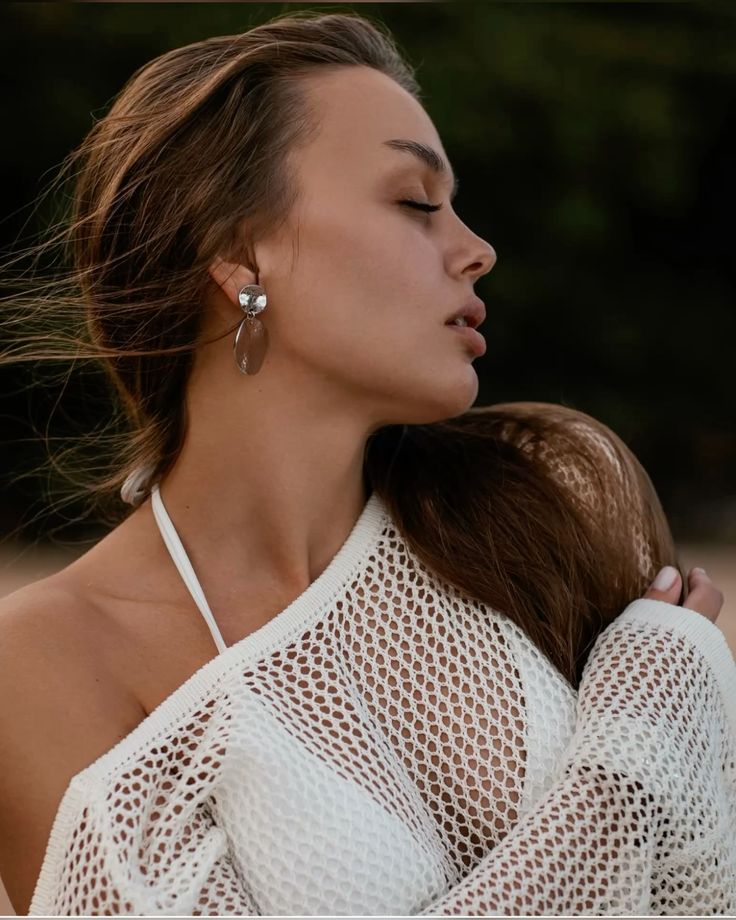
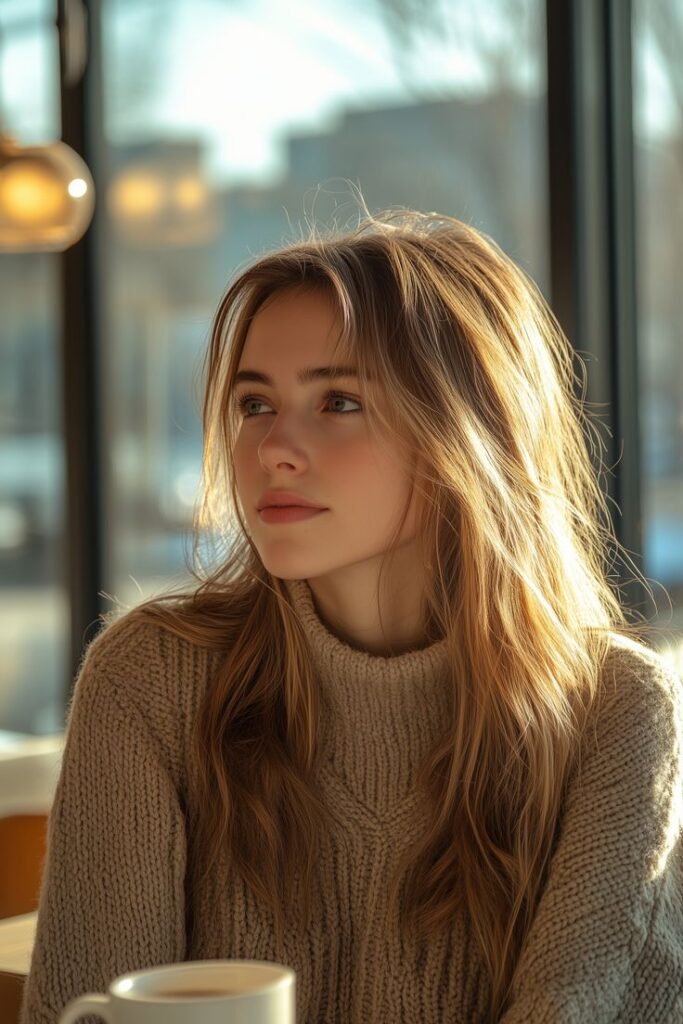
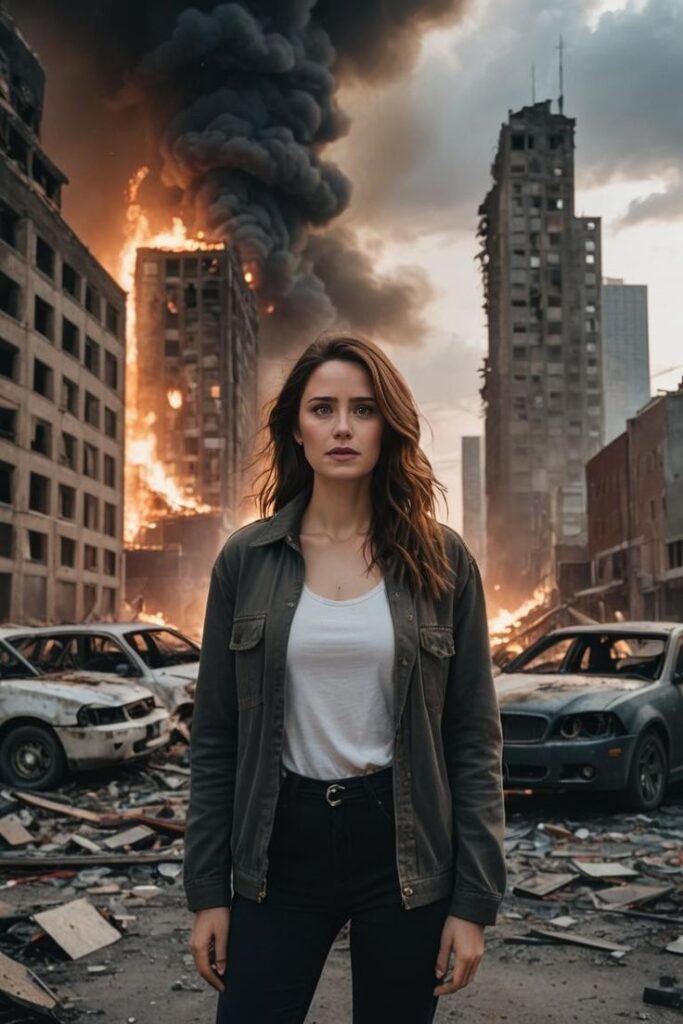

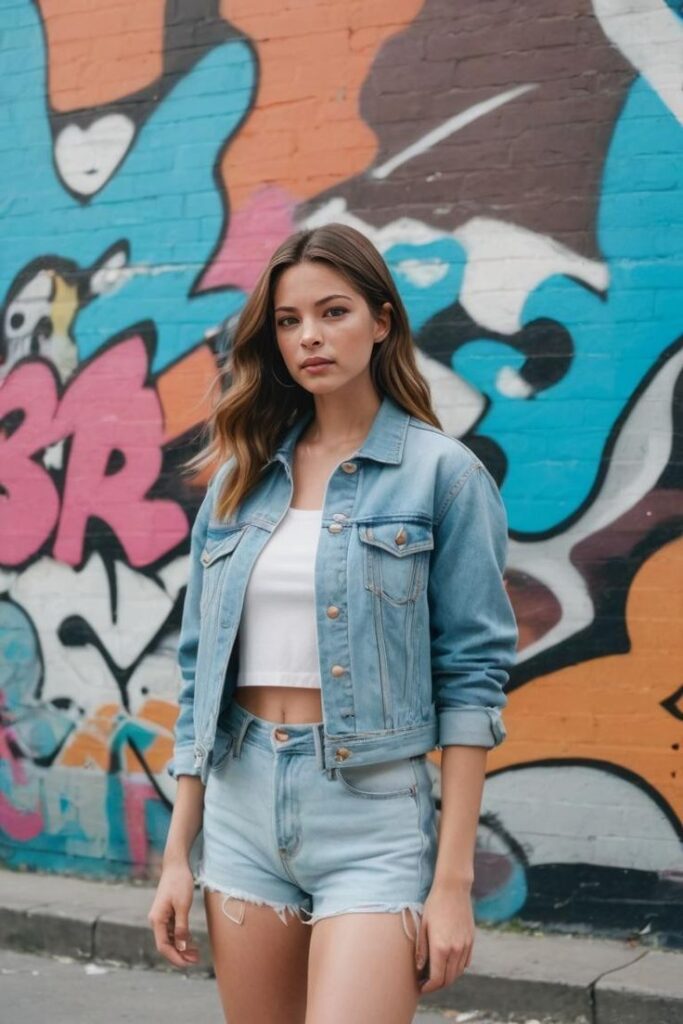


3. Mastering Lighting Techniques for Close-Up Portraits
Lighting is critical for close-up portraits, as every detail becomes more pronounced.
3.1 Natural Light
- Soft Window Light: Use diffused sunlight for a natural and flattering glow.
- Golden Hour: Capture warm tones and soft shadows during sunrise or sunset.
3.2 Artificial Light
- Ring Light: Provides even lighting and highlights the eyes, making it perfect for beauty close-ups.
- Softbox or Umbrella: Creates a diffused, soft light that flatters facial features.
3.3 Managing Shadows
- Use reflectors to fill in harsh shadows and add dimension.
- Experiment with side lighting for dramatic effects or Rembrandt lighting for depth.
4. Perfecting Composition in Close-Up Portraits
Composition plays a vital role in directing attention and evoking emotion in your portraits.
4.1 The Rule of Thirds
Place your subject’s eyes or other focal points along the intersecting lines of the rule of thirds for a balanced composition.
4.2 Fill the Frame
Eliminate distractions by filling the frame with your subject’s face or specific features. This approach emphasizes detail and emotion.
4.3 Negative Space
Use negative space strategically to highlight the subject and create a sense of intimacy.
4.4 Focus on the Eyes
The eyes are the focal point of most close-up portraits. Ensure they are sharp and expressive, as they convey the subject’s emotions.
5. Techniques for Capturing Flattering Close-Ups
Close-up photography can highlight imperfections, so careful planning and execution are essential.
5.1 Choosing the Right Angle
- High Angle: Slims the face and softens features.
- Eye Level: Creates a direct and intimate connection with the viewer.
- Side Profiles: Highlight unique facial features or create a sense of mystery.
5.2 Controlling Depth of Field
- Use a wide aperture (e.g., f/1.8 or f/2.8) to create a shallow depth of field and blur the background.
- Focus on the eyes to ensure they remain the sharpest part of the image.
5.3 Managing Skin Textures
- Soften harsh lighting to reduce the appearance of blemishes or imperfections.
- Use post-processing tools to enhance skin texture while maintaining realism.
6. Capturing Authentic Emotions in Close-Up Portraits
Close-up portraits are all about emotions. Here’s how to draw them out naturally.
6.1 Building Trust with Your Subject
- Spend time talking to your subject before the shoot to make them feel at ease.
- Share the purpose of the session to create a collaborative atmosphere.
6.2 Encouraging Spontaneity
- Avoid over-directing. Allow your subject to relax and act naturally.
- Capture candid moments that reveal genuine emotions.
6.3 The Role of Body Language
Even in close-ups, subtle gestures like a tilt of the head or a gentle smile can convey a wealth of emotion.
7. Post-Processing for Close-Up Portraits
Editing enhances the natural beauty of your close-up portraits without overdoing it.
7.1 Enhancing Details
- Use sharpening tools to bring out details in the eyes, lips, and skin texture.
- Enhance contrast subtly to add depth.
7.2 Correcting Colors
- Adjust white balance to ensure natural skin tones.
- Use color grading to match the mood of your image.
7.3 Retouching Skin
- Use tools like frequency separation to remove blemishes while retaining texture.
- Avoid heavy smoothing, as it can make the image look artificial.
8. Inclusive Practices in Close-Up Portrait Photography
Inclusive photography ensures that your work represents and respects diverse perspectives.
8.1 Celebrating Diversity
- Feature subjects from various cultural, racial, and age groups to showcase unique beauty.
- Avoid stereotypes and clichés when representing individuals.
8.2 Accessibility and Comfort
- Choose locations and poses that accommodate all physical abilities.
- Ensure the session is a collaborative process where the subject feels valued and respected.
8.3 Respecting Boundaries
Always seek consent before sharing or publishing close-up portraits, as they reveal intimate details.
Conclusion: Elevate Your Close-Up Portrait Photography
Mastering close-up portrait photography requires a blend of technical expertise, creativity, and emotional intelligence. From selecting the right equipment and lighting to capturing authentic emotions and refining your images in post-processing, every step plays a crucial role in creating powerful close-up portraits.
Above all, remember that close-up portraits are about connection. When you capture the essence of your subject in its most intimate and detailed form, you create images that resonate deeply with viewers.

Mobile Photography Hacks: Candid Moments with Your Phone
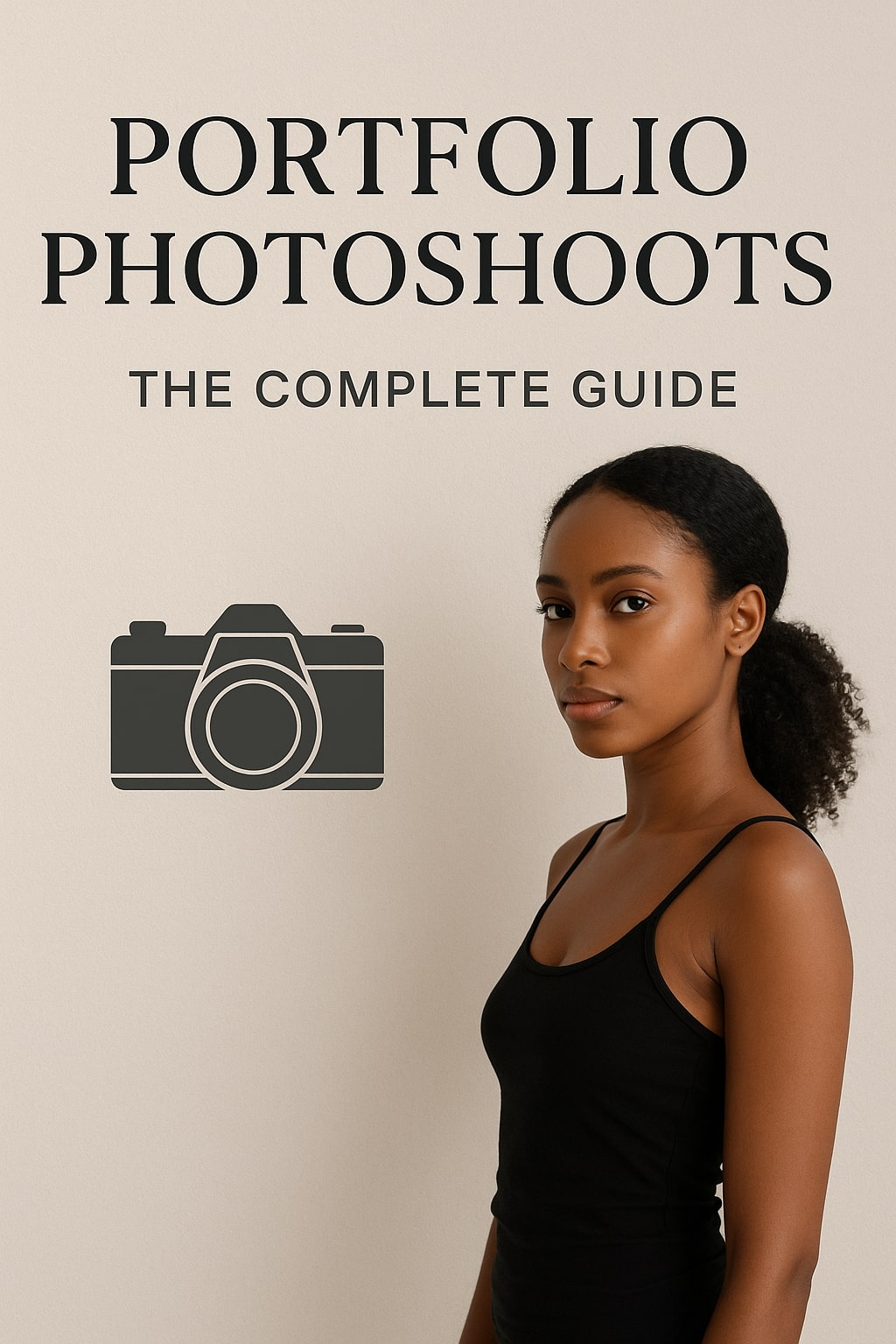
Professional Model & Portfolio Photoshoots: Show Your Best Work
-
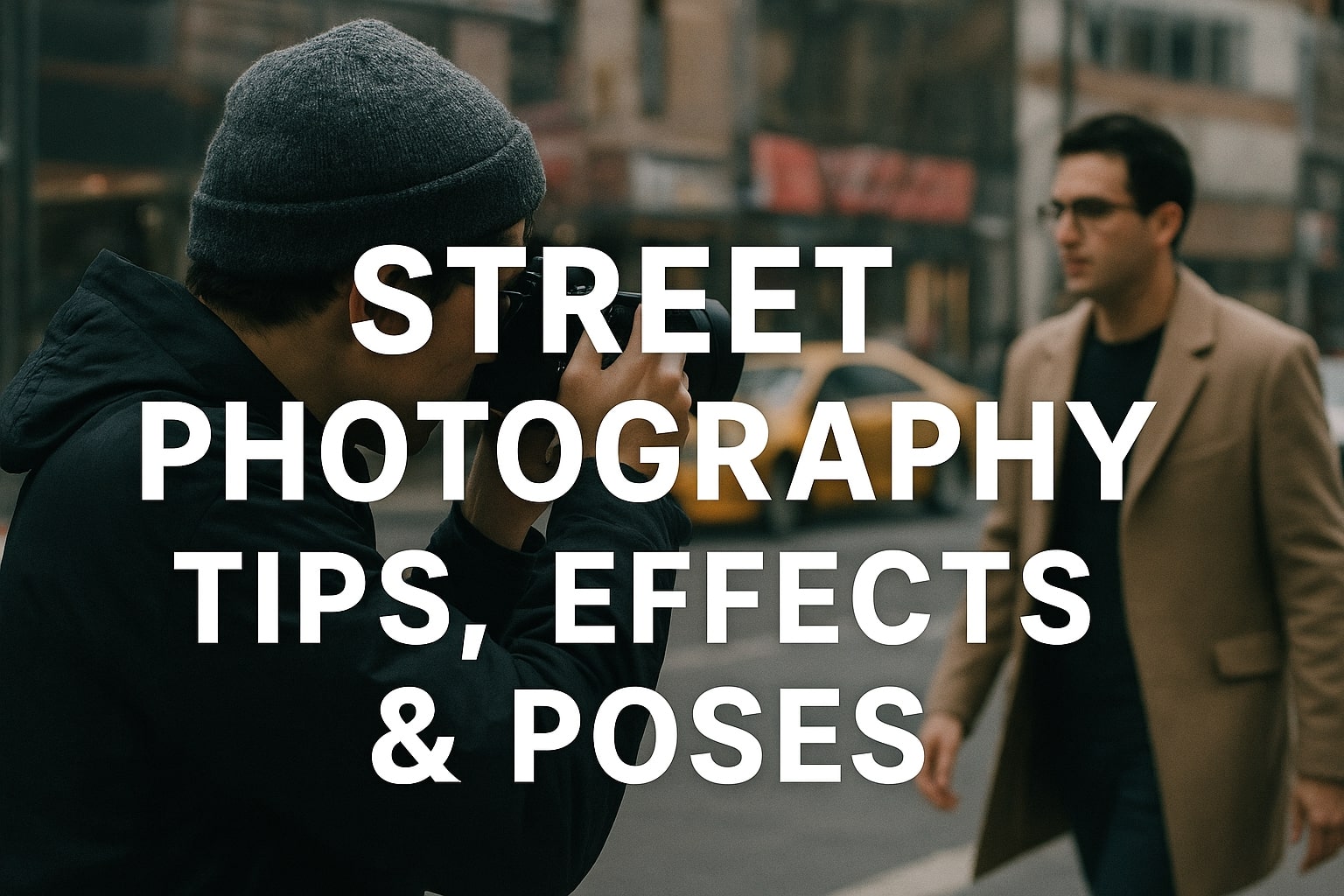
Street Photography Tips, Effects & Poses – Complete Guide
-

Leica Q2 for Photography: Why It’s Loved by Photographers
Mobile Photography Hacks: Candid Moments with Your Phone
Discover high-impact mobile photography hacks to capture genuine, gorgeous candid moments with your phone. Learn practical tips, composition secrets, and pro techniques to turn everyday scenes into stunning visual stories. Introduction: The New Age of Mobile Photography Photography has evolved beyond heavy cameras, technical jargon, and expensive equipment. Today, the power to capture extraordinary moments
Professional Model & Portfolio Photoshoots: Show Your Best Work
” Discover how to plan, style, and execute stunning portfolio photoshoots that showcase your skills, personality, and versatility. This comprehensive guide covers professional tips, posing ideas, gear suggestions, and industry insights for models and photographers.” Introduction – Why Portfolio Photoshoots Are the Cornerstone of a Photographer’s Career A well-crafted portfolio photoshoot is more than a
Street Photography Tips, Effects & Poses – Complete Guide
Discover the ultimate guide to Street Photography with expert tips, creative effects, and dynamic poses. Learn how to capture authentic urban moments, master composition, and tell powerful visual stories through your lens. Article Outline 1. Introduction to Street Photography Street Photography is more than just taking pictures of people in public spaces — it’s about
Leica Q2 for Photography: Why It’s Loved by Photographers
Introduction: The Cult Status of the Leica Q2 The Leica Q2 is not just a camera—it’s a statement. Combining the heritage of German precision engineering with modern digital excellence, it holds a special place in the hearts of professional and passionate photographers alike. With its full-frame sensor, prime Summilux lens, and minimalist design, the Q2
Top Cameras Under ₹1 Lakh for Freelance Photography
Freelance photography is no longer a niche—it’s a booming creative profession that demands not only vision and hustle but also the right gear. Your camera isn’t just a tool; it’s your storytelling partner. If you’re a freelance photographer aiming to balance performance, versatility, and budget, investing in a cameras under ₹1 lakh can offer the
Top Features of Nikon D850 That Make It Ideal for Photoshoots
Explore the top features of the Nikon D850 that make it a powerhouse for photoshoots. From exceptional resolution to dynamic range, this detailed Nikon D850 guide is built for professional and aspiring photographers. 1. Introduction When Nikon launched the D850, it quickly earned a reputation as a flagship DSLR that redefined what photographers could expect
